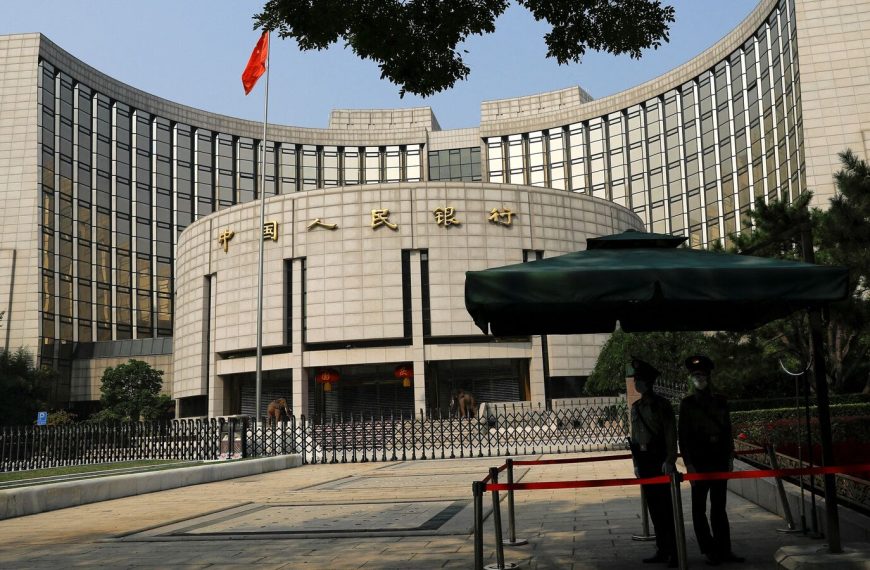The Indian stock market faced significant turmoil on Monday, April 7, 2023, as it mirrored the downward trends seen in global markets. This sharp decline was largely fueled by escalating concerns regarding a potential global trade war initiated by the tariffs imposed by former U.S. President Donald Trump. The Sensex plummeted nearly 4,000 points, while the Nifty 50 fell below 21,750 in early trading sessions. The BSE Midcap and Smallcap indices saw stark declines of up to 10%.
Market Overview: A Sudden Downturn
As trading progressed, market volatility surged, with the India VIX soaring 52% to nearly 21, signaling heightened anxiety among investors. By around 9:50 AM, the Sensex had dropped 2,752 points (or 3.65%) to 72,613, while the Nifty 50 was down 882 points (or 3.85%) at 22,022. Investors collectively lost approximately ₹19 lakh crore in mere minutes, with the total market capitalization of BSE-listed companies shrinking from over ₹403 lakh crore to ₹384 lakh crore.
Reasons Behind the Market Crash
What led to this drastic fall in the Indian stock market? Here are the five key factors contributing to this financial upheaval:
-
Global Market Selloff
- The majority of global markets experienced steep declines, largely due to the U.S. government’s unwavering commitment to its tariff policies. Trump referred to tariffs as "medicine" that foreign nations must pay to resolve trade imbalances. He stated, “I don’t want anything to go down. But sometimes you have to take medicine to fix something.” This sentiment has negatively impacted investor confidence worldwide, with markets in Asia, Europe, and the U.S. all facing significant losses.
-
Unpriced Tariff Impacts
- The strict stance of the Trump administration on tariffs imposed on over 180 countries has left traders unsettled, as hopes for a rapid resolution diminish. Experts predict that the Indian market may continue its downward trend in the first quarter of the fiscal year, with brokerage firm Emkay Global noting potential further declines. They suggest that while direct effects on India may be limited, a looming U.S. recession could significantly impact earnings.
-
Concerns About Economic Growth
- Analysts warn that the tariffs may lead to higher inflation, reduced corporate profits, and diminished consumer sentiment, ultimately hindering economic growth. Following reciprocal tariffs between the U.S. and China, JPMorgan raised the likelihood of a U.S. and global recession to 60%. This could have ripple effects on the Indian economy, which Goldman Sachs has projected will grow at only 6.1% instead of the previously estimated 6.3%.
-
Resumption of FPI Outflows
- After a brief period of investment, foreign portfolio investors (FPIs) resumed selling off Indian equities, with ₹13,730 crore sold in April alone. This trend raises concerns about a deeper capital outflow if India does not secure a favorable trade agreement with the U.S.
- Focus on RBI Decisions and Earnings Reports
- Caution prevails ahead of the Reserve Bank of India’s (RBI) monetary policy committee meeting on April 9. As the situation unfolds, there is speculation that the RBI will implement rate cuts to stimulate growth. Earnings reports, starting with TCS on April 10, will also be closely scrutinized for insights on how companies are navigating the trade war landscape.
Conclusion
The Indian stock market’s sudden decline reflects broader global economic uncertainties, with various factors contributing to investor anxiety. As traders await the RBI’s policy decisions and corporate earnings reports, the market remains on edge, navigating the challenges posed by international trade dynamics. For further insights and updates on market trends, stay tuned to reliable financial news sources.











